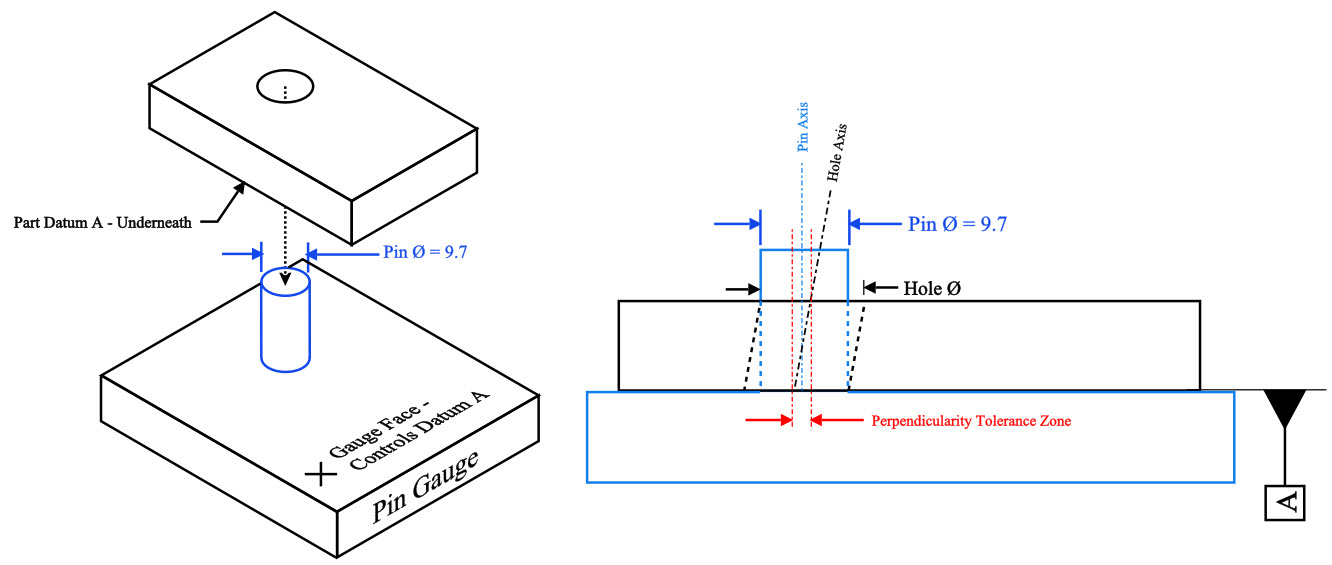Manual Calculation Of True Position Symbol
Feb 5, 2013 - 16 min - Uploaded by John JackmanA typical reaction to GD & T in Canadian industries in the province of Ontario: 1. Too much time. What are the important properties of a billiard ball? • Why would those properties vary? Pino Aprile Terroni Ebook Download here. • How much variation in those properties are we ok with? 2.753 Precision Machine Design. Anthony Wong. Manufacturing Error. 2.753 Precision Machine Design. Anthony Wong n – 2.2497” e –.0009”.
Contents • • • • • • • • • • • • • • • • • • • • • • • • • • • • • • • • • • • • • • • • • • • • • • • Suggested structure [ ] Probably the hardest part of writing a mathematical article (actually, any article) is the difficulty of addressing the level of mathematical knowledge on the part of the reader. For example, when writing about a, do we assume that the reader already knows? Pennin Manathai Thottu Tamil Movie Video Songs Download on this page. A general approach is to start simple, then move toward more abstract and technical statements as the article proceeds.


Article introduction [ ]. See also: The article should start with a short introductory section (often referred to as the lead). The purpose of this section is to describe, define, and give context to the subject of the article, to establish why it is interesting or useful, and to summarize the most important points. The lead should as far as possible be accessible to a general reader, so specialized terminology and symbols should be avoided as much as possible. In general, the lead sentence should include the article title in bold along with alternative names, also in bold. The lead sentence should inform non-mathematicians that the article is about a topic in mathematics, unless the title already does that. The lay reader knows that arithmetic, algebra, geometry, and calculus are topics in mathematics, but does not know that functional analysis or category theory or combinatorics belongs to mathematics.
The lead sentence should informally define or describe the subject. For example: Topology (from the τόπος, 'place', and λόγος, 'study') is a major area of concerned with spatial properties that are preserved under deformations of objects, for example, deformations that involve stretching, but not tearing or gluing. In, Apollonius' problem is to construct that are to three given circles in a plane. The lead section should include, where appropriate: • Historical motivation, including names and dates, especially if the article does not have a separate History section.
Explain the origin of the name if it is not self-evident. • An informal introduction to the topic, without rigor, suitable for a general audience. (The appropriate audience for the overview will vary by article, but it should be as basic as reasonable.) The informal introduction should clearly state that it is informal, and that it is only stated to introduce the formal and correct approach. If a physical or geometric analogy or diagram will help, use one: many of the readers may be non-mathematical scientists. • Motivation or applications, which can illuminate the use of the mathematical idea and its connections to other areas of mathematics.